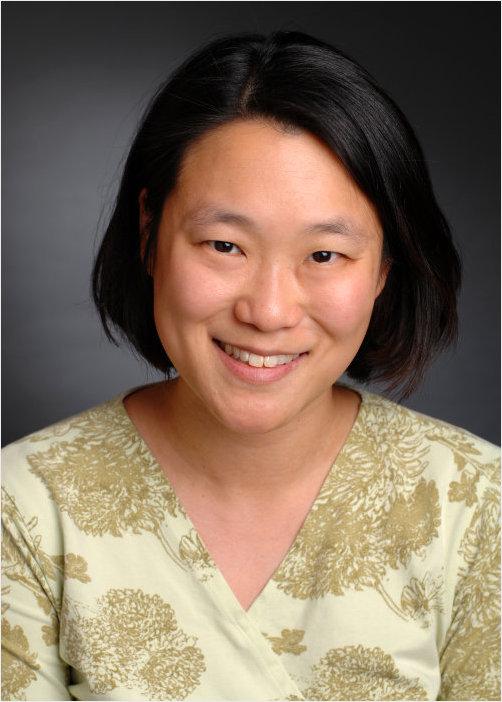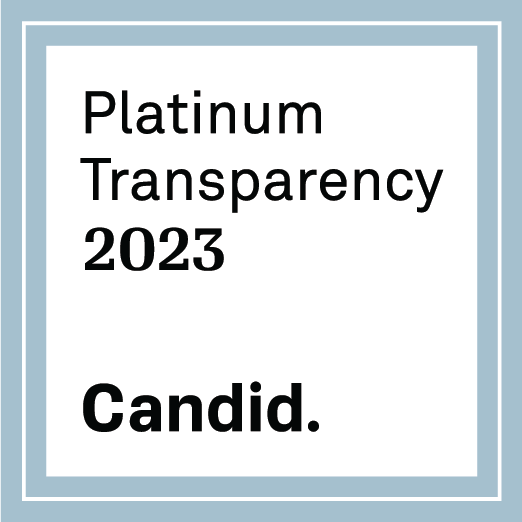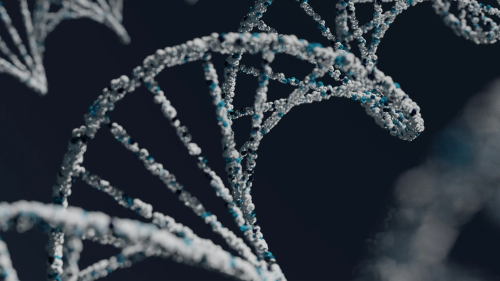
-
Understanding primary immunodeficiency (PI)

Understanding PI
The more you understand about primary immunodeficiency (PI), the better you can live with the disease or support others in your life with PI. Learn more about PI, including the various diagnoses and treatment options.
-
Living with PI
-
Addressing mental health
-
Explaining your diagnosis
- General care
- Get support
- For parents and guardians
-
Managing workplace issues
- Navigating insurance
-
Traveling safely

Living with PI
Living with primary immunodeficiency (PI) can be challenging, but you’re not alone—many people with PI lead full and active lives. With the right support and resources, you can, too.
-
Addressing mental health
-
Get involved

Get involved
Be a hero for those with PI. Change lives by promoting primary immunodeficiency (PI) awareness and taking action in your community through advocacy, donating, volunteering, or fundraising.
-
Advancing research and clinical care
-
Grants
-
IDF surveys
-
Participating in clinical trials
-
Diagnosing PI
-
Consulting immunologist
-
Clinician education

Advancing research and clinical care
Whether you’re a clinician, researcher, or an individual with primary immunodeficiency (PI), IDF has resources to help you advance the field. Get details on surveys, grants, and clinical trials.
-
Grants
Dr. Sung-Yun Pai is co-director of the Gene Therapy Program, senior physician, and associate professor of pediatrics at the Harvard Medical School. Her laboratory focuses on the study of disorders of human T and B cell development and function, and treatment of these disorders by allogeneic hematopoietic cell transplantation and gene therapy. Current projects in the laboratory include study of patients with immunodeficiency, particularly with severe combined immunodeficiency (SCID) and its variants and Wiskott-Aldrich syndrome, both pre and post-cellular therapy. Dr. Pai is a pediatric hematologist/oncologist at Dana-Farber/Boston Children's Cancer and Blood Disorders Center where she evaluates patients with primary immunodeficiency for curative hematopoietic stem cell transplantation.

Q. Please provide a brief explanation of gene therapy for SCID.
A. Gene therapy is the term used for any treatment where you are delivering genetic material into the body. There are two different ways that the genetic material can be delivered.
One is the direct injection of the genetic material in the blood or organ or body cavity. That’s called in vivo gene therapy.
The other type involves removing cells from the body and injecting or delivering the genetic material into the cell using a vector and putting those genetically changed cells back into the body. That’s called ex vivo gene therapy. This is the type of gene therapy that is currently available in clinical trials for SCID.
In the case of gene therapy for SCID, the cells that are being removed from the body are the hematopoietic stem cells, blood-forming cells that originate in the bone marrow. Some of these stem cells grow into cells that form the immune system.
Also, for any gene therapy to treat a specific genetic disease you have to know what the gene is. There are many genes that can cause SCID, but people haven’t developed genetic trials for all of those genes yet. Gene therapy is in clinical trials for genes responsible for the following SCID types:
- X-linked SCID (caused by mutations in the IL2RG gene)
- ADA-SCID (caused by mutations in the ADA gene)
- Artemis SCID (caused by mutations in the DCLRE1C gene)
Q. Keeping in mind that gene therapy is only available for certain SCID types, what other ways can parents know if gene therapy is an appropriate treatment for their baby?
A. Right now, all of the gene therapy that we listed is only available in clinical trials. Therefore, the decision about whether gene therapy is appropriate or can be offered depends on each trial’s eligibility criteria for the child. A child might need a certain level of infection control or body organ function to participate.
Also, because the outcomes of the matched sibling donor in hematopoietic stem cell transplant, or HSCT, (also known as bone marrow transplant) are so excellent, all of the current gene therapies are available only to those with no matched sibling donor.
Q. How can parents know if gene therapy is appropriate for an older child or young adult who has had one or two stem cells transplants already for SCID?
A. Because gene therapy is currently only offered in the context of a clinical trial, an older child or young adult who has already had a stem cell transplant must meet the criteria for that study, just like a newly diagnosed infant would.
In addition, the immune system must be sufficiently defective so that the risk of going through the gene therapy is balanced out by how bad the immune system is. If the immune system is not too bad, then the trial might not be a good fit.
Also, most older children or young adults who have waning immunity or poor function after stem cell transplant may have more organ damage because of infection in their lungs or gastrointestinal tract. Therefore, there may be additional risks to going through gene therapy.
It’s also important to know that if you are a patient going into gene therapy with organ damage and the gene therapy is successful, it will prevent future infections but will not reverse the tissue damage sustained prior to the gene therapy.
Q. What are the greatest risks with gene therapy?
A. The most important potential risk that is unique to gene therapy is that the vector could insert the gene into cells in such a way that it could cause leukemia, which is cancer of the white blood cells. This was a problem in the early trials for X-linked SCID conducted using a gammaretrovirus. Current trials use newer vectors, such as gammaretroviruses that have been engineered to be safer, or lentiviruses, which are an entirely different type of virus. With these newer vectors, leukemia caused by the vector has not been seen and so it would appear that the risks are much lower than they used to be.
The other risks are essentially similar to stem cell transplant in terms of side effects from chemotherapy, the need for the hospital stay, and the possibility of infection before the immune system recovers.
What the patient won’t experience with gene therapy is the risk of graft versus host disease, which is an important complication of HSCT. Graft versus host disease is a problem where the donor stem cells view the child’s body as foreign and launch an attack on the patient’s body.
Q. What is a clinical trial and what can a parent expect if their child participates in one?
A. A clinical trial is a research study that is testing a treatment or medication or interventional procedure that is not yet FDA-approved. Clinical trials are often overseen by regulatory bodies from the government (such as the FDA) and must have ethical approval from the hospital where the trial is being conducted.
Enrollment in a clinical trial is voluntary and, at the same time, the results of the therapy are unknown, so by participating in a clinical trial you may have access to something that could be beneficial but where there are still questions and risks, including unknown risks.
The purpose of the clinical trial is to determine whether the new therapy is safe, whether it is effective, and whether it benefits the patient. Because it is research study, we don’t know if it’s effective and we don’t know what all of the possible safety concerns are.
Q. Is a parent allowed to make changes in decisions about their child’s treatment once they agree to the gene therapy clinical trial?
A. Participation in clinical trials is voluntary; the parents have the right to withdraw their child from the clinical trial at any time. Because participation in clinical trials is voluntary, you are choosing to participate and you may also at any time choose not to participate any longer.
In the case of gene therapy, because it’s a single treatment, once the patient has received gene therapy, the participation is limited to follow-up of safety and efficacy. We encourage patients to stay on the trial because the participation is intended to follow them for safety issues.
Most gene therapy trials are for two years after receiving the gene therapy. However, all patients who have gene therapy, as required by the FDA, must be followed for a total of 15 years as part of a long-term follow-up protocol.
Q. Who conducts gene therapy clinical trials?
A. Historically all clinical trials for gene therapy were conducted by academic institutions. As we have learned more about how to make gene therapy safer and more effective, some gene therapy trials have been taken over by pharmaceutical companies, who are interested in doing clinical trials that may eventually lead to approval by the FDA.
Q. Would the child receive the same level of care in a clinical trial as he or she would in a treatment plan that is standard, such as stem cell therapy?
A. The level of care is generally unrelated to being in a clinical trial, because the patient should receive the same standard care aside from the parts that are required by the trial. The level of care is related more to the individual institution, and how much experience the transplant staff have.
Q. What kind of long-term follow-up is provided in a clinical trial for a baby with SCID?
A. Most of the long-term follow-up is done virtually. The patients will follow up with their immunologist or transplant specialist and their physician will provide medical information and ship blood once or twice a year. Some long-term follow-up protocols may include in-person visits back to the center where the gene therapy was performed.
The purpose of follow-up is to make sure that we detect any clinical problem or side effects that may have been caused by gene therapy. We examine blood work and gather clinical information. A major purpose is to know if any patient develops leukemia, a cancer of the white blood cells, because the first few trials that used old-fashioned first-generation vectors led to some patients developing leukemia. With newer vectors this risk appears to be eliminated or much lower, but we continue long-term follow-up so that we can detect any other unanticipated risk of gene therapy that we don’t know about yet.
Q. Who pays for the child’s participation in the clinical trial?
A. For most academic trials, funding varies. Most of the time, funding covers the cost of the research itself and typically includes travel and housing costs, but every trial is different depending on the budget. For academic trials, typically the center will seek insurance coverage of costs that are the same as for standard transplant.
If there is a company involved, usually the company pays for the child’s trial activities and associated clinical care, including research procedures, testing, hospitalization costs, etc. The company is likely to be paying for the gene therapy vector that is being used and for the manufacture of the cells. Also, if it’s an industry-sponsored trial, they typically pay for the long-term follow-up.
Q. What are the latest developments in clinical trials as they pertain to treating SCID with gene therapy?
A. Gene therapy for ADA-SCID is the furthest along in becoming an approved medicine in the United States. A number of other types of SCID have trials open and more are in development.
Q. Is there anything else you think parents should know when considering gene therapy for their child with SCID?
A. I think it’s best for parents faced with this situation to seek multiple opinions from stem cell experts and gene therapy experts to make a decision, so they can take into account the risks of each type of treatment.
They should also take into consideration any other factors that would have an impact on their family life. For some clinical trials, you have to travel and stay in another city. Some families have problems because they may have limited time off work, so these hidden costs should be taken into account.
Also, they should consider the logistics and the impact on the rest of their life. Where is the gene therapy center? Do they have to travel? How long would they need to stay for participation? How does participating affect other family members or siblings?
We hope that as gene therapy becomes more available, and ultimately is approved as a standard treatment, that families will have more access to gene therapy.
Sign up for updates from IDF
Receive news and helpful resources to your cell phone or inbox. You can change or cancel your subscription at any time.





The Immune Deficiency Foundation improves the diagnosis, treatment, and quality of life for every person affected by primary immunodeficiency.
We foster a community that is connected, engaged, and empowered through advocacy, education, and research.
Combined Charity Campaign | CFC# 66309




